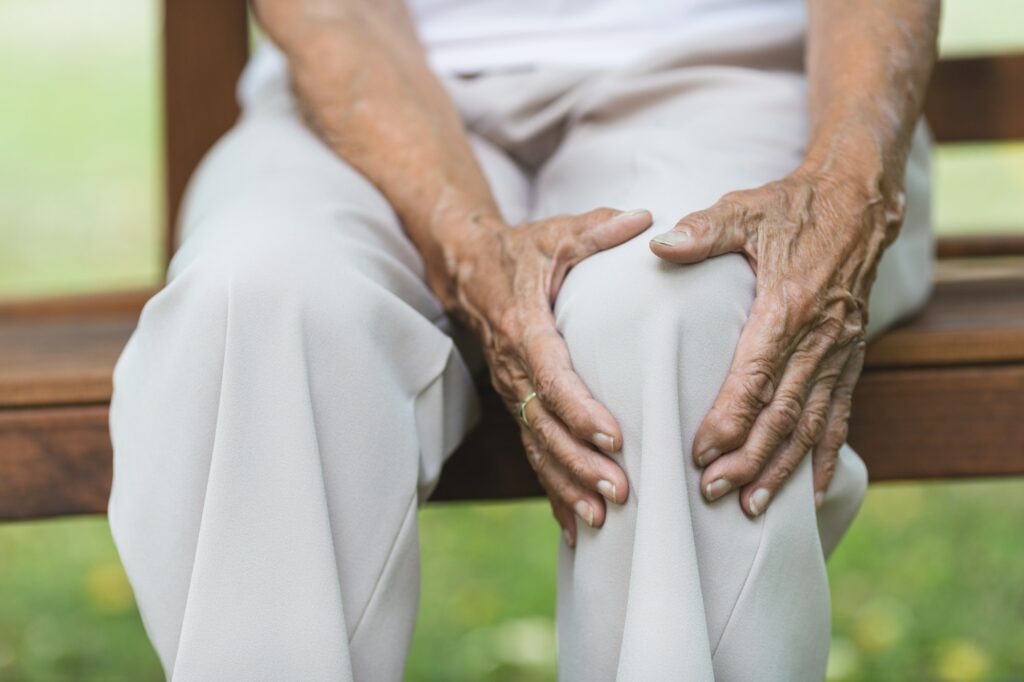Osteoarthritis is a common form of arthritis that affects millions of people around the world. It is a degenerative joint disease that causes the cartilage between the joints to wear down, resulting in pain, stiffness, and inflammation. While there is no cure for osteoarthritis, there are many ways to manage and control the symptoms. Here are some tips on how to keep osteoarthritis under control:
- Exercise regularly: Exercise is essential for maintaining joint health and mobility. Low-impact exercises such as swimming, walking, and cycling can help to strengthen the muscles around the affected joint, reducing pain and inflammation.
- Maintain a healthy weight: Being overweight puts extra strain on the joints, particularly the knees and hips. Losing weight can reduce pain and improve joint function in people with osteoarthritis.
- Eat a healthy diet: A healthy diet can help to reduce inflammation in the body, which can worsen osteoarthritis symptoms. A diet rich in fruits, vegetables, whole grains, lean proteins, and healthy fats can help to manage the symptoms of osteoarthritis.
- Manage stress: Stress can worsen inflammation in the body and increase pain levels. Finding ways to manage stress, such as meditation, yoga, or deep breathing exercises, can help to reduce symptoms of osteoarthritis.
- Use heat and cold therapy: Heat and cold therapy can help to reduce pain and inflammation in the affected joint. Applying a warm compress or taking a warm bath can help to relax muscles and improve joint mobility, while applying a cold compress can help to reduce swelling and pain.
- Consider physiotherapy: Physiotherapy can help to improve joint function and mobility, reduce pain and inflammation, and increase muscle strength. A physiotherapist can design a customised exercise program to address the specific needs of each individual with osteoarthritis.
- Use assistive devices: Assistive devices such as sticks, braces, and shoe inserts can help to reduce pain and improve joint function in people with osteoarthritis.
- Take medications as prescribed: Over-the-counter and prescription medications can help to manage pain and inflammation associated with osteoarthritis. It is important to take these medications as prescribed and to discuss any potential side effects with a healthcare provider.
In conclusion, while osteoarthritis can be a challenging condition to manage, there are many ways to control symptoms and improve joint function. By incorporating healthy lifestyle habits, using assistive devices, and working with healthcare providers, people with osteoarthritis can maintain a high quality of life and minimize the impact of this condition on their daily activities.




